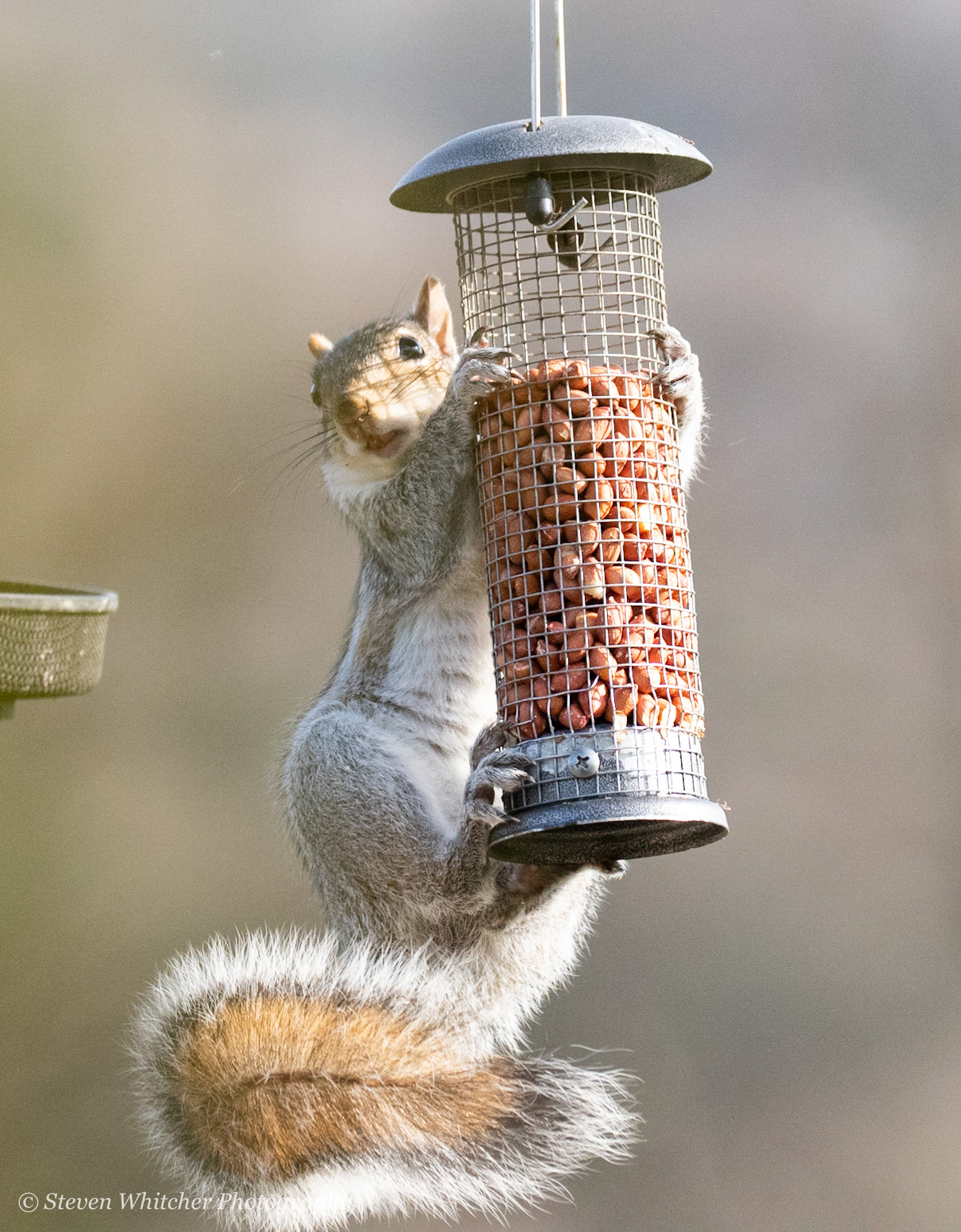In my previous blog ‘ The Home of Ecology’ I outlined several ways to attract wildlife into your garden and made a promise that I would come back to some of the topics at a later date and cover them in more detail. I’m not one to break a promise, so here we go…. bird feeders.
The most common, and in some ways easiest, way to attract wildlife into your garden is to put out bird feeders. Bird feeders are widely available, most supermarkets will sell some form of feeders and a few options of seed, they are relatively inexpensive and very common, with around 40-50% of households thought to put some form of bird feeder in their gardens. Therefore, a bird feeder is a good starting point. However, there are several options regarding bird feeders and a number of commonly made mistakes.
Location, location, location
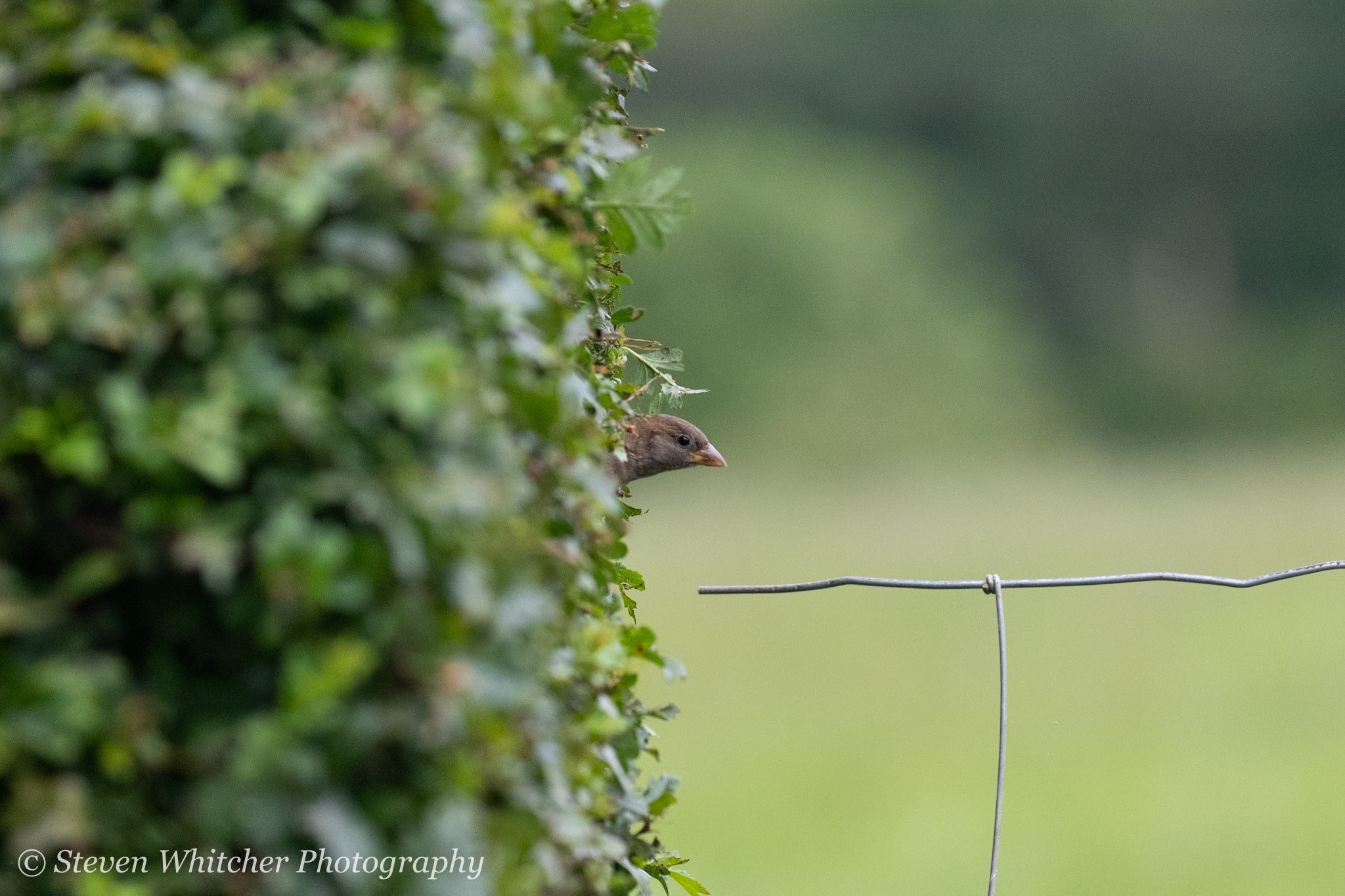
The first consideration when it comes to bird feeders is location. Birds are normally fairly cautious so siting a bird feeder on a pole in the middle of an open garden with no suitable cover close to the feeder is unlikely to attract a large number, or wide variety, of birds. Position your feeder in an open area but with vegetation approximately 1 to 2 metres away, ideally trees or shrubs. This will allow the birds to have a suitable view of the surrounding area when feeding, to avoid any potential predators, but will also give them some cover to use as a waiting area when the feeders are busy. Unbelievably birds will form a quite orderly queue to wait for their time on the feeders, or at least some species will.
It’s also important to think about possible predators when positioning your bird feeders, mainly cats. Some cats will see bird feeders as an all you can eat buffet, so make sure you consider this when positioning your feeder. Feeders placed too low down or near to suitable platforms for cats to use will not be highly used because the birds will risk becoming lunch for the neighbourhood tom cat while trying to get their lunch.
Type of Feeder/Food
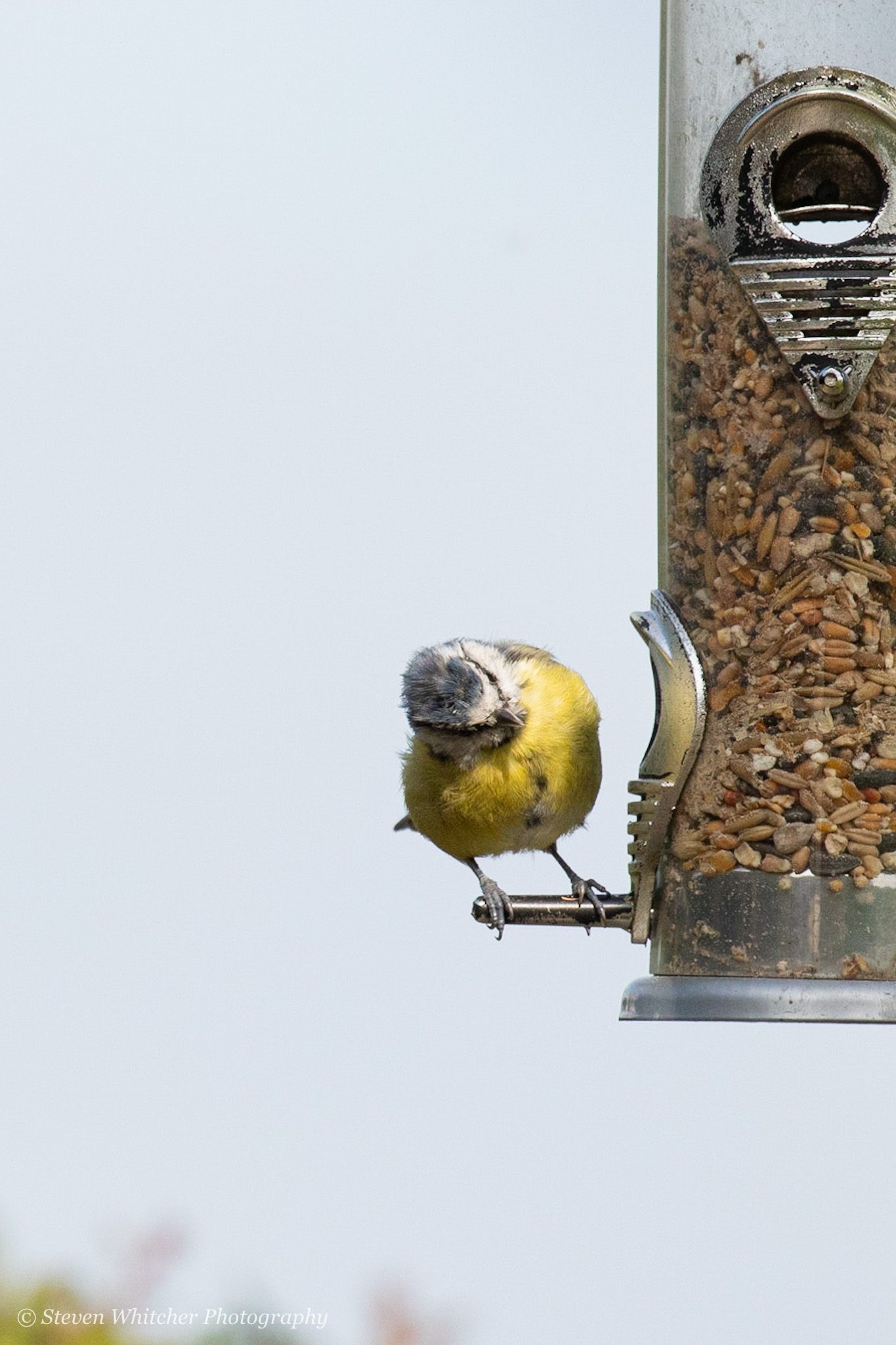
Once you know where you plan to place your feeder the next consideration is the type of feeder to use and the type of food to feed. There are a wide range of options regarding how to feed birds although I would say that the main options for a typical garden are a bird table or hanging feeders. Each has its own benefits and drawbacks because the type of feeder you use will, to some extent, dictate the type of birds you attract.
There is no right or wrong when it comes to the type of feeder to use, all feeders provide an opportunity for something. If you have very little vegetation a bird table may be the most sensible option, whereas if you have trees in your garden hanging feeders will make more sense. Whatever you decide just ensure that you think about location.
When you have your feeder located properly you can decide on a suitable food to feed. The options for this are again very broad, from seed mixes to specific seeds, such as nyjer seed or sunflower hearts, suet based feeds, such as fat balls or suet pellets, meal worms and peanuts are some of the more common options. All of these feeds will attract different birds and will require different types of feeders, particularly if using a specific feeder such as a hanging feeder, so go careful when buying and make sure the feeder suits the seed you have bought.
Most seed mixes will give you an indication of the birds that will prefer that specific mix on the packaging although the wider the range of options you provide the wider the range of birds you will attract. There is again no right or wrong with this but to give you an idea the following is an indication of the feeders and foods we put out and the popularity of those types of food.
- Seed mix in a hanging feeder – fairly popular with a wide range of birds
- Sunflower hearts in a hanging feeder – a favourite for most birds, particularly the goldfinches, usually gone in no time
- Nyjer seeds in a specific nyjer seed feeder – only really popular with goldfinches
- Fat balls/Suet cake in hanging feeders – popular with sparrows, long tailed tits, starlings and woodpeckers
- Peanuts in a hanging feeder – popular with common garden tits
- Table fed with suet, seed and meal worms – popular with a range of species that don’t frequent the hanging feeders, such as robins and chaffinches, but may also attract some larger and therefore hungrier birds, such as pigeons and magpies
- Ground feeding/tidying up from the other feeders – again popular with the birds that don’t frequent the hanging feeders such as robins and chaffinches, also dunnocks.
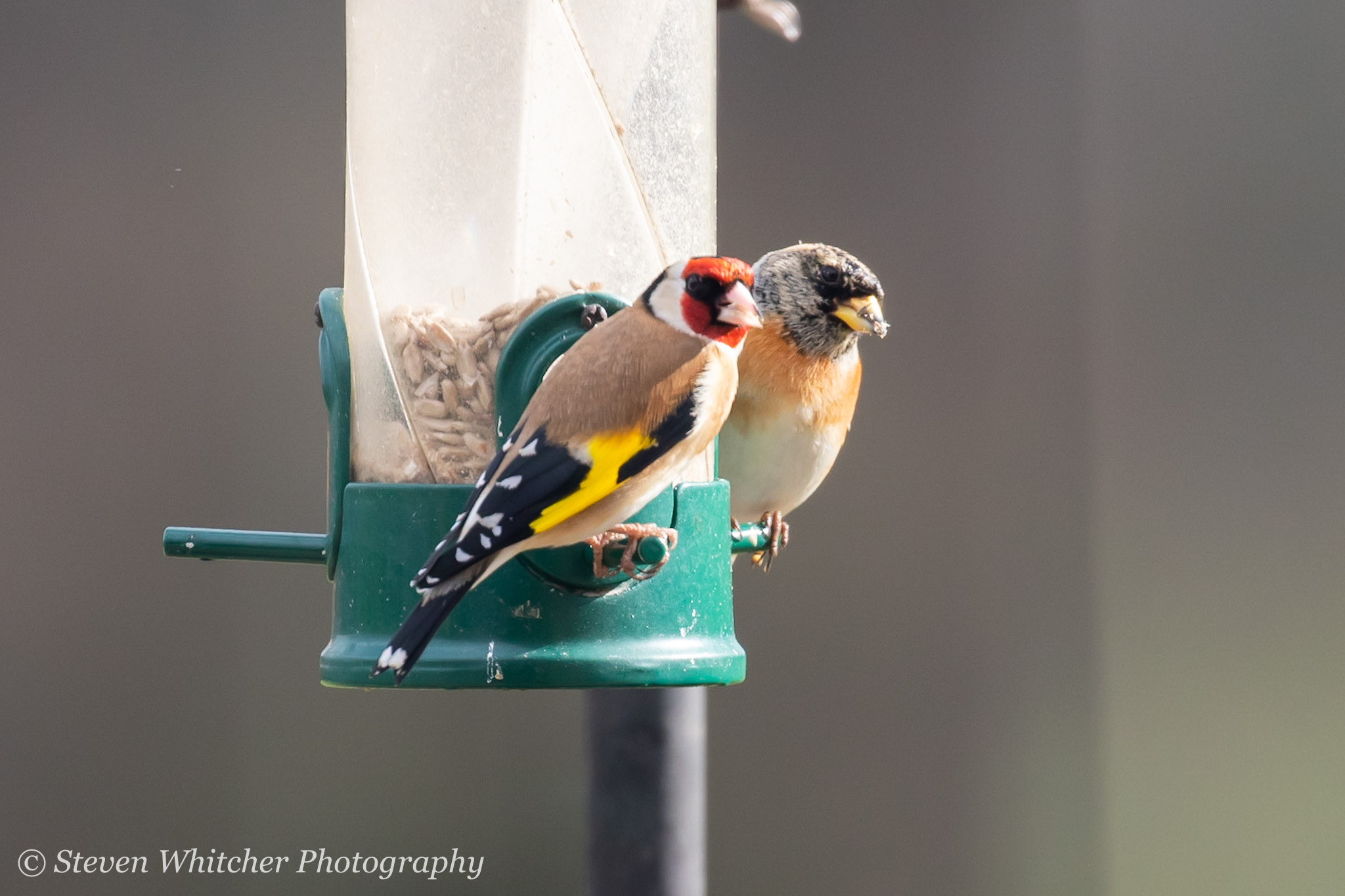
The list above isn’t the be all and end all of feeding, it’s the options that we provide and my experience of what birds they attract. A good starting point would be a simple bird table with a hanging feeder below or on an adjacent tree. If you did this and fed a mixed seed, maybe some mealworms and suet pellets and something like sunflower hearts in the hanging feeder you should attract a good range of birds.
Once you get started with feeding the birds you will realise the diverse range of bird species that are in your local area. You will get your regulars, there day in day out, and you will also get a few less regular visitors and occasional surprises.
Being lucky enough to be in a rural area we get quite a diverse range of birds and a high level of activity. The bulk of the activity is blue tits, great tits, coal tits, chaffinches, robins, house sparrows and rowdy bunches of goldfinches. We have a pair of greenfinches that drop in sporadically, the occasional passing mob of long tailed tits and sometimes a very noisy bunch of starlings. We are also lucky enough to get a fairly regular, and pretty fearless nuthatch and a cautious woodpecker. In addition, we sometimes get magpies, crows and collared doves and accompanying the dunnocks that clear up the fallen seed we also have several mallards and numerous pheasants. Then, just to keep the rest of the birds on their toes, we get an occasional pair of sparrowhawks that swoop through to pick up lunch on the go!
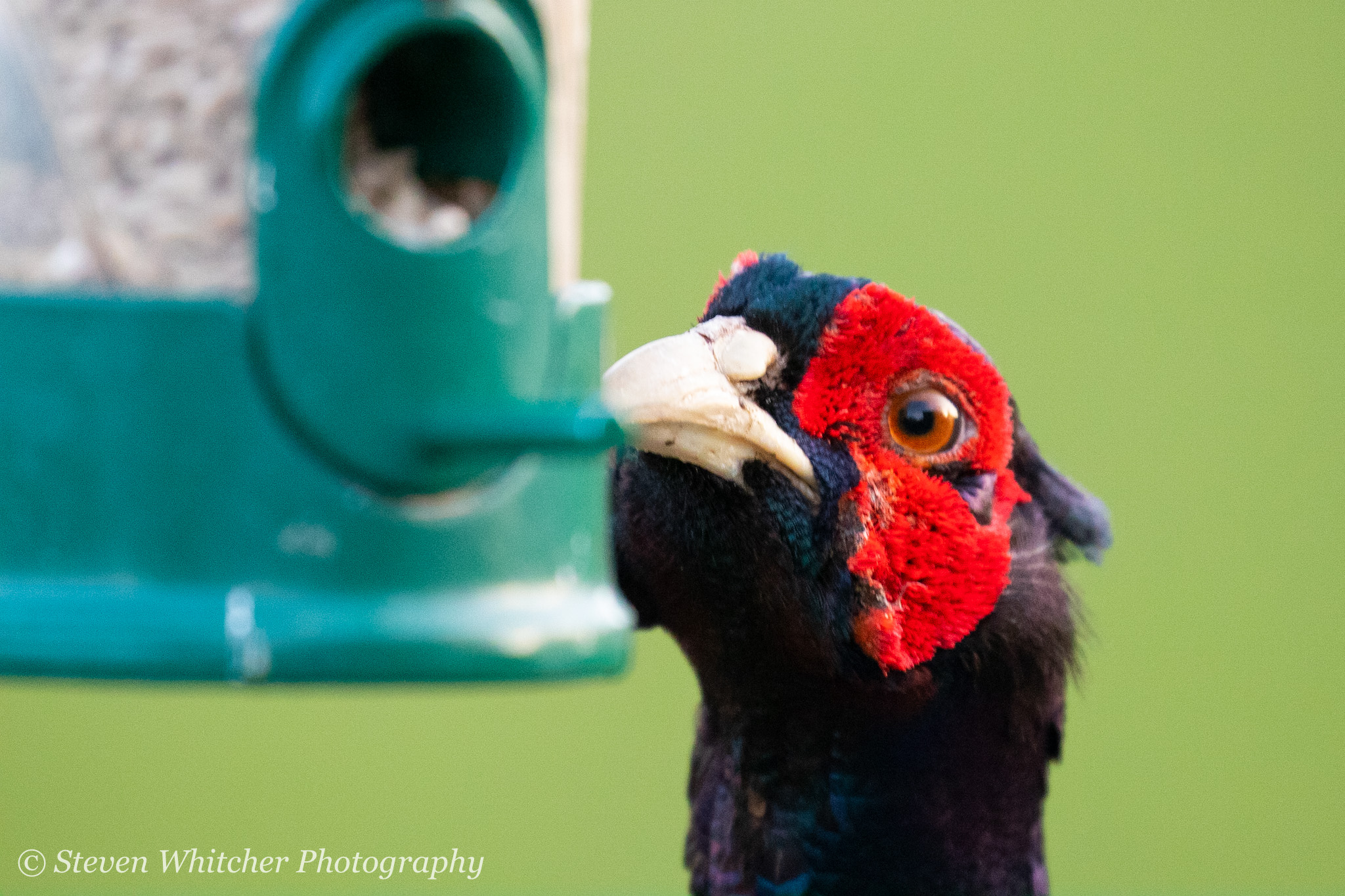
If you are feeding birds regularly you may also get a few visitors that you appreciate less, depending on your surrounding area. Keep your seed well sealed when storing it to deter mice, you will inevitably get one clearing up under the feeders, but that’s not a problem as long as they aren’t getting at your store of seed. If you get squirrels there’s not a whole lot you can do, there are squirrel proof feeders available but chose them carefully, squirrels are a lot cleverer than most manufacturers give them credit for.
Whether you feed a little or a lot make sure you are consistent and clean your feeders regularly. Apart from that your only job is to sit back and enjoy the wildlife right outside your window.
